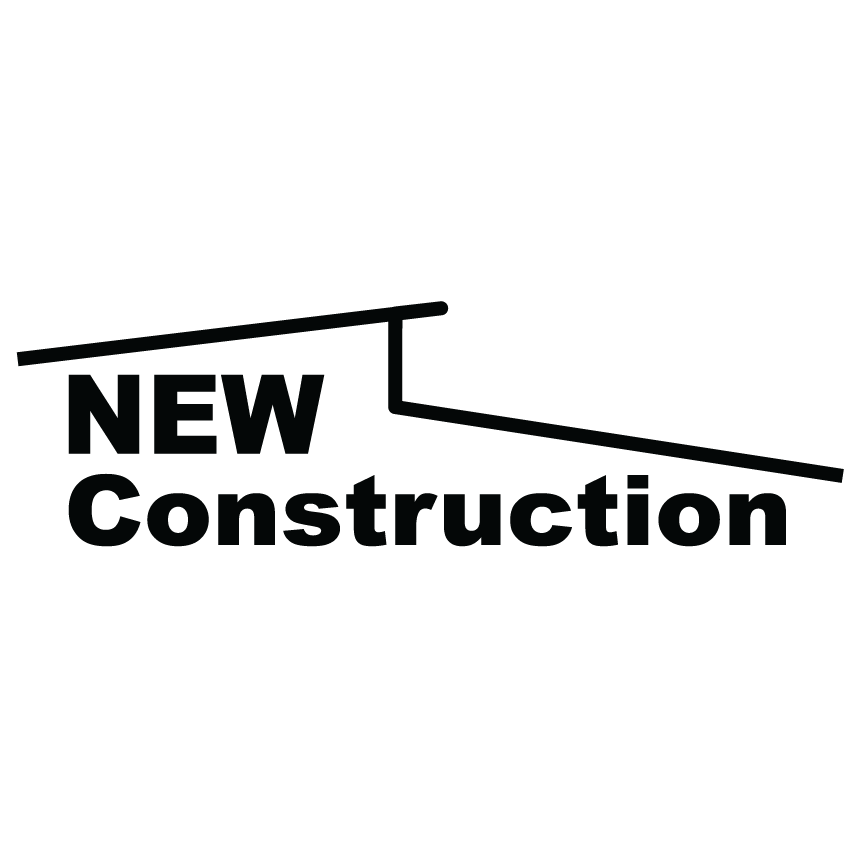New insulation requirements – what you need to know

- Written by
- Abby Beswick
Tougher new insulation standards have been introduced for new builds and consented renovations, in a bid to cut the energy needed for heating homes. The new standards will make homes warmer, drier and more efficient.
Under the changes, roofs, walls, floors and windows must adhere to new requirements, which are intended to bring long-term benefits through increased housing quality, while also contributing to our climate change response.
MBIE first consulted on the insulation changes early last year as part of its annual building code update, and the new requirements were announced last November. The sector is now in a transition period to comply with changes.
Owner of New Construction Taupo, Matt Newell explains what the changes are and how they could affect you.
What are the new insulation levels?
Under the changes, six climate zones have been introduced to reflect the weather in different parts of the country, starting with zone 1 in Northland, down to zone 6 in Southland/Otago. This means new homes will be designed to meet the level of the zone they’re built in.
The changes for insulation are:
Roofs
One of the easiest ways to keep your home warm is to increase roof insulation. All insulation types are measured in an ‘R’ value, which stands for thermal resistance. The new R-value of roof insulation has increased to a minimum value of R6.6 across all 6 climate zones.
Floors
There are different R values required for underfloor insulation across the country, with the minimum levels increasing from R1.3 to up to R1.7 for slab-on-ground floors and R3.0 for timber sub floors.
Walls
There is almost no change to the existing R2.0 requirement.
Windows
These are the largest source of heat loss in your home, so levels of insulation have been increased throughout the country, to recognise different needs in colder climate zones. Changes to these levels are being made in steps to allow window and glass manufacturers time to increase production of higher performing windows. All parts of the country are then required to have an R-value of at least R0.46 by the end of 2023.
What do the changes mean for new and existing homes?
The changes affect new builds and renovations. The insulation requirements for existing homes remain unchanged.
When will the changes take effect?
The building sector is currently in a transition period. New window insulation requirements in the warmest climate zones will see a two-step approach with an interim increase, followed by a mandatory increase. By the end of 2023, all parts of the country will have a similar minimum level of window requirements. New wall, floor and roof insulation levels will be mandatory by May next year.
How New Construction makes the process easy for clients
If you’re building a home, they work alongside architects and draftsmen who use software to determine your insulation requirements as part of the design process.
If you’re renovating your home, Newell will assess its insulation levels to determine what needs to be done to make it compliant. The R-value or your current insulation should be visible on or
near where it has been installed. “Once renovations are complete, we can provide written confirmation of your insulation levels”, says Newell.
Benefits
“The more insulation homes have, the better as this will keep it warmer, drier and healthier by increasing the energy efficiency of the home”. The changes will also provide long term savings for homeowners. “When considering insulation, it’s always good to look at the whole house and work with your builder to ensure you have good insulation throughout and good ventilation to extract moisture out”.
